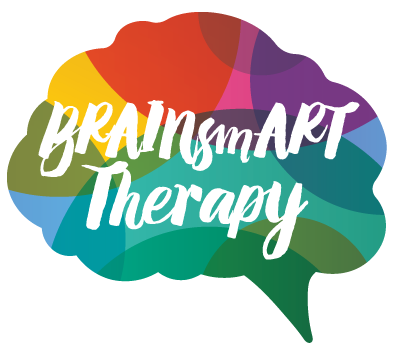What should a trauma-informed certificate offer mental health professionals ? Cross Modal Therapies for the Integration of Trauma
Originally published April 2013.
Trauma-informed therapy is becoming a new standard of efficacy for mental health clinicians, but it has taken the last twenty-five years to establish the legitimacy of the trauma spectrum that runs beyond the boundaries of the battlefield crossing into the war within the family. Evidence based research is just beginning to explore and describe the complex constellation of psychiatric symptoms arising from acute and chronic trauma. Practitioners in the mental health field have to be educated in the way the brain and mind work together in order to grasp attachment issues and relational styles that repeat through the lifespan of one individual.
We must understand that the human brain grows around experience and environment plays a huge role in forming the mechanics of who we are and how we think. The deep neurobiological reasons why the primary caretaking environment has the power to mold our nervous system, our mental and emotional processes and the relationship style we choose as we go into the world as young adults. Yet, we do not have university programs that offer degrees in trauma-informed psychology nor do we have courses teaching us about the relevance of neuroscience research on psychotherapy in clinical practice. Trauma is a chronic and persistent phenomenon in our global village world and our brains bodies and minds need the tools to heal ourselves and clients from its destructive impact.
Human beings have a biologically based need to integrate the physiological, emotional and cognitive processes of a triune brain that developed over millions of years. The root word of integration comes from the word integer, which means ‘one’, and in Cross Modal therapies we are connecting the three brains into one problem-solving processor.Crossmodal refers to the crossing and re-wiring of psychobiological connections between the four main information-processing systems uniquely held within the human brain. These modes are represented by the visual-spatial, auditory, kinesthetic, and verbal modes of experience. The human brain is uniquely equipped to link and ‘integrate’ the developmental differences of the triune brain. We can learn how to ‘tame’ the fight, flight, and freeze impulse of the survival brain with the ‘names’ metaphors and ‘symbols’ of the problem solving frontal lobe.
Jean Houston once stated that ancient meaning of the word ‘therapaiea’ means ‘work of the whole’. If we are going to tap and optimize human potential, the therapeutic process must connect the neural circuitry of these four perceptual brain modalities, so the ‘talk to one another’. We must know what and how to teach clients safe access into their traumatic material that has been intentionally stored ‘out of reach’ in the viscera of the human nervous system and the intrinsic memory of the limbic lobe. We must offer our clients strategies that help them to access and the creatively re-process or rewrite the material of their lives with meaning and purpose. A trauma informed program in cross modal therapy would provide strategies that safely activate the body’s hidden knowledge, regulate and tame the emotions, and link both to the cognitive processes through one problem-solving task – whether good or bad into your story. For more on the necessity of narrative integration and how to make sense of your own story educate yourself on the power of memoir writing at the Memory Writers Network.

